The Categorical Perception Deficit in dyslexia
1 Replies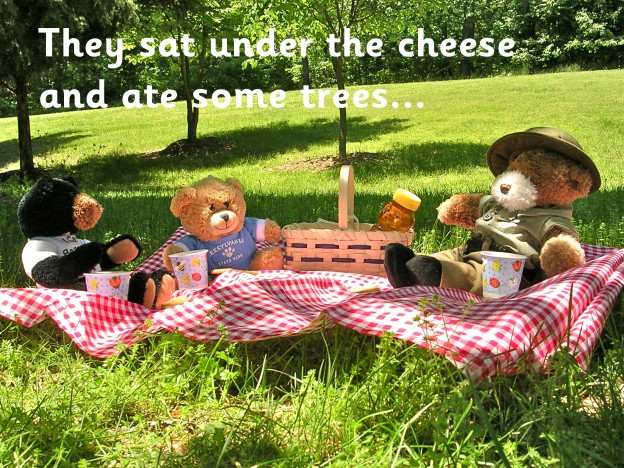
I just read an interesting new article from the journal Scientific Studies of Reading called "The Categorical Perception Deficit in Dyslexia: A Meta-Analysis", by the wonderfully-named Mark W. Noordenbos and Willy Serniclaes.
There's been some research showing that dyslexics (notwithstanding the debate about this term) have trouble noticing the differences that matter between speech sounds, and not noticing the differences that don't matter.
This article explored the reliability and significance of this finding by analysing data from lots of relevant research.
When we're babies, we're capable of discriminating all the sounds of all the languages of the world, but we quickly discard the ones that we don't hear in the language(s) around us, and focus on the ones we do (there's a great Ted Talk called The Linguistic Genius Of Babies about this, if you want to know more).
Noordenbos and Serniclaes trawled through the scientific literature and found 632 studies related to dyslexic students' speech sound perception. They distilled this down to 36 studies of a total of 754 individuals with dyslexia which were relevant to their research question, properly-conducted, complete and comparable enough to put through their statistical mill. The studies were of speakers of English, Dutch, French and Chinese.
They found that dyslexics were indeed reliably and significantly worse at discriminating between speech sounds (phonemes), and more sensitive to sound variations within speech sounds (allophones), than peers matched by age, as well as peers with the same reading age (though the differences were greater between the dyslexics and age peers). Sound discrimination tasks showed up their problem more than sound identification tasks.
How the brain learns to read
6 Replies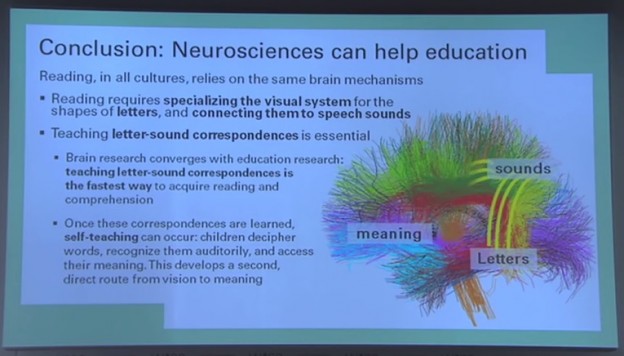
I’ve just found a great 20-minute talk on YouTube by Stanislas Dehaene, a French cognitive neuroscientist, called “How the brain learns to read”. He wrote a classic book called “Reading in the Brain” that I occasionally reread bits of when I want to feel wholly inadequate.
“Neuro” language is often used to make questionable or worse programs and products seem more scientific and impressive, but the things Dehaene says in this video are straightforward and consistent with the classroom research on how to teach literacy fast and well. So I hope his pictures of brains don’t put anyone off, he’s not selling anything or trying to get anyone to suspend their critical faculties.
C that sounds like “s”
10 Replies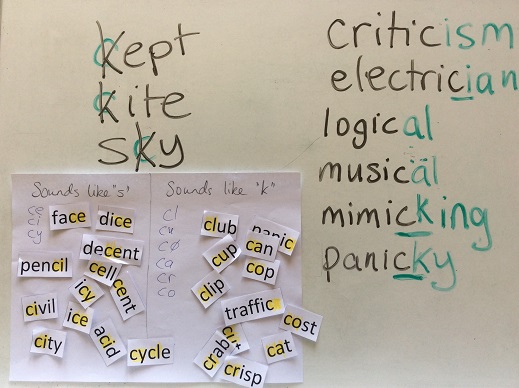
The letter C can represent the sound "k" as in "cut" or the sound "s" as in "cent".
Teaching learners how this works and why it's a good thing when we start adding suffixes to words can be tricky, especially if they don't really understand "if-then" sentences yet.
Here's a 6 minute video I made about one way to do it.
Note that the spelling CC is sometimes followed by a letter E but the sound is still "k", e.g. soccer, sicced (as in "I sicced the dog onto the burglar and she ran off"). CC is like other doubled letters, its main purpose is to tell you to say a "short" vowel before it, as in raccoon, Mecca, piccolo, broccoli and buccaneer. Typically, but not always, we write CK instead of CC.
The spelling C+C might also represent a "k" sound at the end of one syllable followed by a "s" at the start of the next syllable, as in "accede", "accent", "accept", "access" and "coccyx".
Also, either a single or double C might represent a "ch" sound in some Italian-origin words e.g. cello, Botticelli, bocce (click here for more).
One teacher’s early literacy epiphany
6 Replies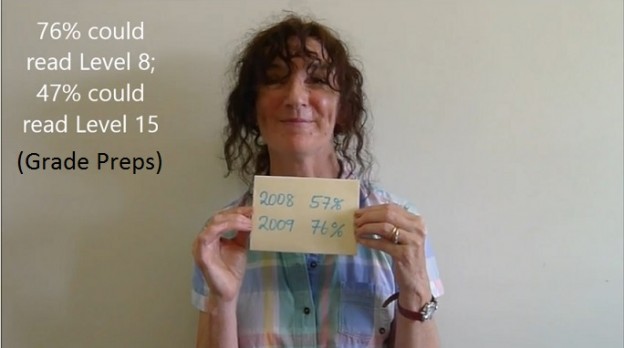
I recently met an experienced Melbourne primary teacher, Berys Dixon, who told me the delightful story of how she came to be an advocate of explicit, systematic, synthetic phonics.
Returning to work after raising her family, she was instructed to use a multiple-cues, guided reading approach with her class of five-year-olds. Many spoke a language other than English at home, and the school was in a low socioeconomic area.
One day, a parent complained that her child couldn’t sound out the words in his home reader. Berys advised the parent not to expect the child to sound out, but to encourage him to look at the picture, read ahead, have a guess etc. Then if he still couldn’t get the word, just read it for him.
Berys realised that what she had just said made no sense. She went home and started googling.
Rather than me paraphrasing the rest of Berys’s lovely story, which has a very happy ending, please take five minutes to listen to her telling it herself.
Because we’re all humans, we tend to understand and believe the personal stories other people tell us more than we understand and believe data and graphs.
I hope that Berys’s story (which is consistent with the very best data and graphs) will help persuade teachers of beginners and young strugglers to include explicit, systematic synthetic phonics in their literacy curriculum.
If her super-affordable and funny Pocket Rockets make that more possible, great. Each child’s set can be stored in a little photo album from the $2 shop, making them durable yet very small and lightweight for young children’s (often heavy and full) school bags.
The teaching sequence these booklets follow is from the UK government’s Letters And Sounds program. There are many free teaching resources for this program available online, click here, here and here for examples. Or just start googling, like Berys!
Update April 2019: Berys now has a website and her books are available in larger size and parent packs. I’ve also made a free downloadable beginners’ workbook following the same teaching sequence as her books, which you can print and use with the first set of her books (phase 2, the orange ones).
Outside the Square
0 Replies
A three-part documentary about dyslexia called Outside The Square will be of interest to everyone who knows a struggling reader/speller, or who wants to make sure a beginner doesn’t become a struggler.
It was made by Gold Coast mother and teacher Tanya Forbes, using funds raised on crowdfunding website Kickstarter, and (2019 update) is now freely available on YouTube, as free teacher PD.
The documentary’s cast includes kids who’ve struggled with literacy and their parents as well as teachers and enough serious experts and well-known advocates to make your head spin. It aims to change the way literacy is taught and make sure children with dyslexia have their needs met and are given the best chance to succeed at school. (more…)
Fountas and Pinnell Leveled Literacy Intervention
39 Replies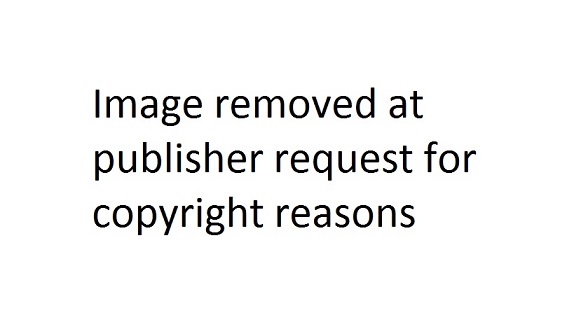
A few people have asked me what I think of Fountas and Pinnell’s Leveled Literacy Intervention, as this program seems to now be widely used in my local schools.
I haven’t used it myself, but had a brief browse through some of its readers for absolute beginners the other day, and here’s what I found:
Reading by memorising and picture-guessing
Book 1 from Level A of Leveled Literacy Intervention is called “Waking up”.
This blog post originally included photos of some of the pages in this book, but the publisher wrote to me on 2 April 2015 asking me to take both text and pictures down for copyright reasons. Without them, it will be a little harder to make sense of this blog post, but I will paraphrase the text and you can imagine the pictures:
The (male hen) wakes up. (Rooster noise)
The phoneme-grapheme correspondences (PGCs) on this page are as follows:
- One-letter-equals-one-sound: e, r, s, t, w, k, u, p, c, o, a, d.
- Two letters equal one sound: th, oo, er, a…e, ck, le.
So just on page 1 of book 1, level A, there are 18 phoneme-grapheme correspondences! Far, far too many for beginners and strugglers. (more…)
Evaluating alternative solutions for dyslexia
1 Replies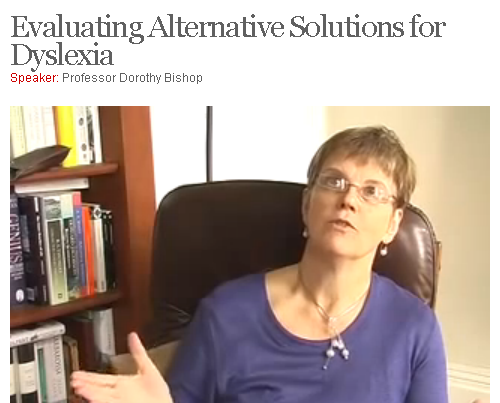
Out for a lovely walk in the Melbourne sunshine this afternoon, I was annoyed to see an ad in a milkbar for one of our local literacy snake oil vendors. Sigh.
This probably primed me to notice in my overcrowded inbox that UK blogger John Breakwell has recently written about a “Skeptics in the Pub” talk by Dorothy Bishop.
Bishop is Professor of Neurodevelopmental Neuropsychology at Oxford, and was talking about how to evaluate treatments for dyslexia, in order to identify treatments that are likely to work, and not waste money or time on snake oil.
The blog post in turn links to a great 2011 video by Prof Bishop on the same topic, which I can’t believe I haven’t seen before. Here it is. Worth watching.
If you want a copy of Prof Bishop’s overheads, or a summary of her talk, click here.


